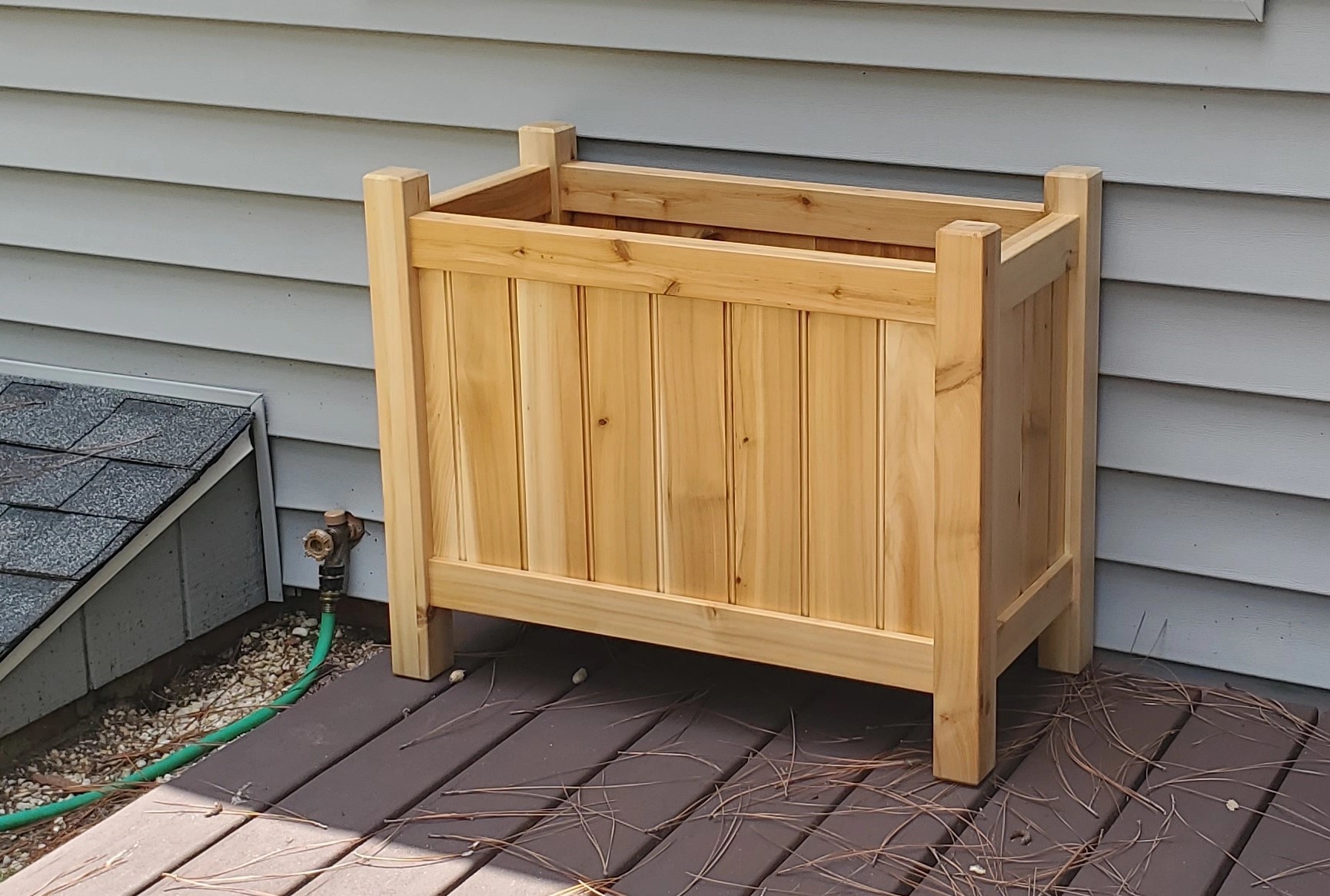When I buy supermarket eggs, I refrigerate them because they are washed (in the US). When I get unwashed eggs (from a farm or a friend), I still refrigerate them and just wash them prior to use. I don’t have to refrigerate them since they have the cuticle intact, but refrigerating them still makes them stay fresher longer, so if I have the space for them, why would I not?
That said, the eggs already come in a carton, so I’m not going to transfer them into a separate container in my fridge for no reason.












Do yourself a favor and find a local small farmer to buy eggs directly from. They are much better than supermarket eggs. It’s not necessarily a matter of keeping eggs from going bad, it’s more about preserving them at that peak flavor/texture. I have no clue where this picture is from, so I don’t know if the data are sound, but you get the idea. https://digitaleggtester.com/wordpress/wp-content/themes/nabel/files/images/egg/img_yi02.png